Explainables founder Dr. Daniel Angerhausen presented his work on asteroids in other solar systems at the annual meeting of the 'Astronomische Gesellschaft' in Bochum, Germany: "If the birth of our solar system and the formation of our planets was a party, then asteroids are the leftovers from it. And by studying asteroids - the trash that's left - we can figure out what was going on on that party."
In our own solar system, asteroids called Trojans are found in certain gravitationally stable, so called Lagrange points, of which some precede and follow a planet on its orbit. These stable points exist because the forces between planets and their stars are balancing each other out and they are therefore also often used as cosmic parking spots for space missions. The next NASA flagship mission, the James Webb space telescope will for example be put in orbit around L2, one of these Lagrange points.
The Kepler space telescope finds planets around other stars by detecting a dip in the brightness of stars as planets cross in front of their star. Trojan asteroids should block some starlight too, but not as much.
In their work Hippke and Angerhausen used a trick to increase the significance of this detection method: Instead of just looking at individual exoplanetary systems they combined all available data from the Kepler mission to derive the very first evidence for an average Trojan population outside of our solar system.
For more details read this New Scientist feature "Kepler sees hints of asteroids pursuing planets near other stars".


